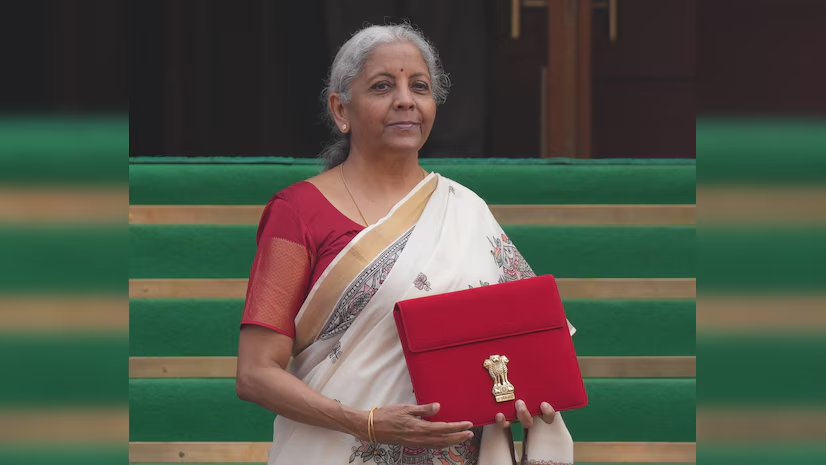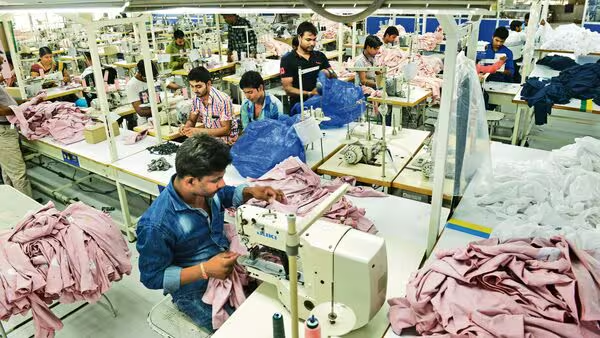Share

The official further said that the RBI only partially restored this classification to the extent of Rs. 20 lakhs per borrower. Hence, NBFCs funding to MSEs is now restricted. The micro, small and medium enterprise (MSME) industry bodies have requested that the Reserve Bank of India (RBI) classify credit provided by banks to non-banking financial companies (NBFCs) for on-lending to MSMEs as indirect finance, making it eligible for classification under the priority sector lending (PSL) of banks. They have also urged the RBI to remove the ceiling of Rs 20 lakhs per borrower or raise it to at least Rs 1 crore per borrower. Since April 1, 2011, the RBI has made all loans sanctioned to NBFCs (other than microfinance institutions) for on-lending to micro and small enterprises (MSEs) ineligible for classification as direct or indirect finance to the MSE sector, effectively removing these loans from the priority sector classification.
“Due to this policy change, many NBFCs that were helping MSEs with their day-to-day working capital requirements have faced financial strain due to the stoppage of funds from banks,” according to an official with an industry body. The official further said that the RBI partially restored this classification to the extent of Rs 20 lakhs per borrower. PSL includes sectors that impact large swathes of the population, the weaker sections, and employment-intensive sectors such as agriculture and MSE.

As of March 31, 2024, PSL for scheduled commercial banks (SCBs) stood at 45.1% of adjusted net bank credit. Each of the bank groups achieved the prescribed 40% overall PSL target during 2023-24 (FY24). PSL for SCBs rose by 16.9% in FY24, up from 10.8% the previous year, with growth accelerating in both private sector banks (to 23.5% from 15.7%) and public sector banks (to 12.3% from 7.1%), according to the latest RBI report.
The gross non-performing asset (NPA) ratio of PSL declined to 4.4% at the end of March 2024, down from 5.4% at the end of March 2023. However, the share of the priority sector in total gross NPA of SCBs increased to 57.3% at the end of March 2024, up from 51.1% at the end of March 2023, as NPAs in the non-priority sector declined more sharply. NPAs in the priority sector were primarily driven by agricultural defaults. MSMEs are defined based on their investment and turnover thresholds: A micro enterprise is one where the investment in plant and machinery or equipment does not exceed Rs 1 crore, and turnover is capped at Rs 5 crores; a small enterprise has an investment limit of Rs 10 crores and a turnover limit of Rs 50 crores; and a medium enterprise is characterized by an investment in plant and machinery or equipment of up to Rs 50 crores and a turnover not exceeding Rs 250 crores.
SETTING PRIORITY:
* Industry requests the RBI to classify credit provided by banks to NBFCs as indirect finance under priority sector lending (PSL)
* MSMEs urge to either remove or raise the PSL ceiling to Rs 1 cr./borrower from Rs 20 lakhs
* Since April 2011, loans to NBFCs (other than MFIs) have been excluded from PSL classification, financially straining NBFCs supporting MSMEs
Source : https://www.business-standard.com/industry/sme/msme-industry-bodies-seek-rbi-support-for-easier-priority-sector-lending-125012600497_1.html
Related Posts
SEARCH SMECONNECT-DESK
RECENT POST
- New Passport update: Adding spouse’s name to passport no longer needs marriage certificate, says MEA- Details here
- Indian start-ups are chasing ‘brain-dead’ ideas, says Vivek Wadhwa; urges entrepreneurs to tackle problems with smart tech:
- Mohandas Pai bashed me for my appeals for start-ups to focus on innovation; it is unfortunate: Piyush Goyal:
- TReDS: Govt. reduces turnover threshold to Rs.250 crores to get more companies on invoice discounting platform:
- Sebi against exuberance, price manipulations in SME listings; Board to discuss it soon: WTM Bhatia



